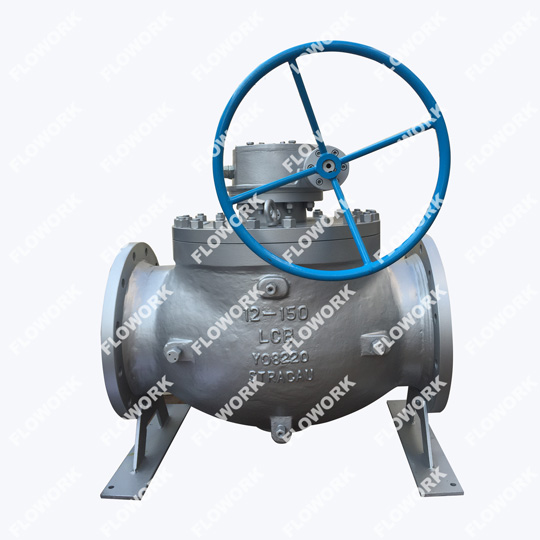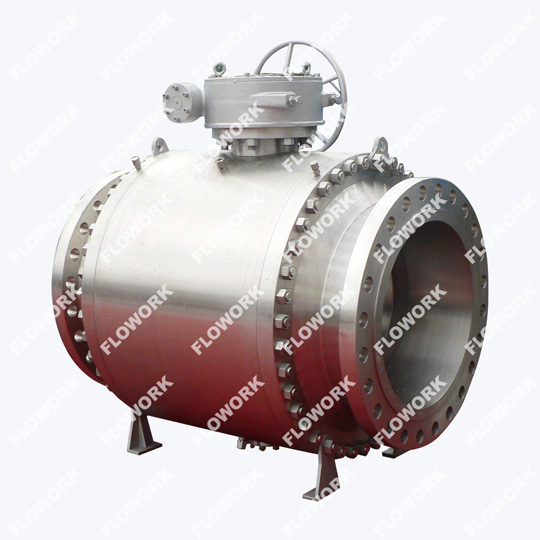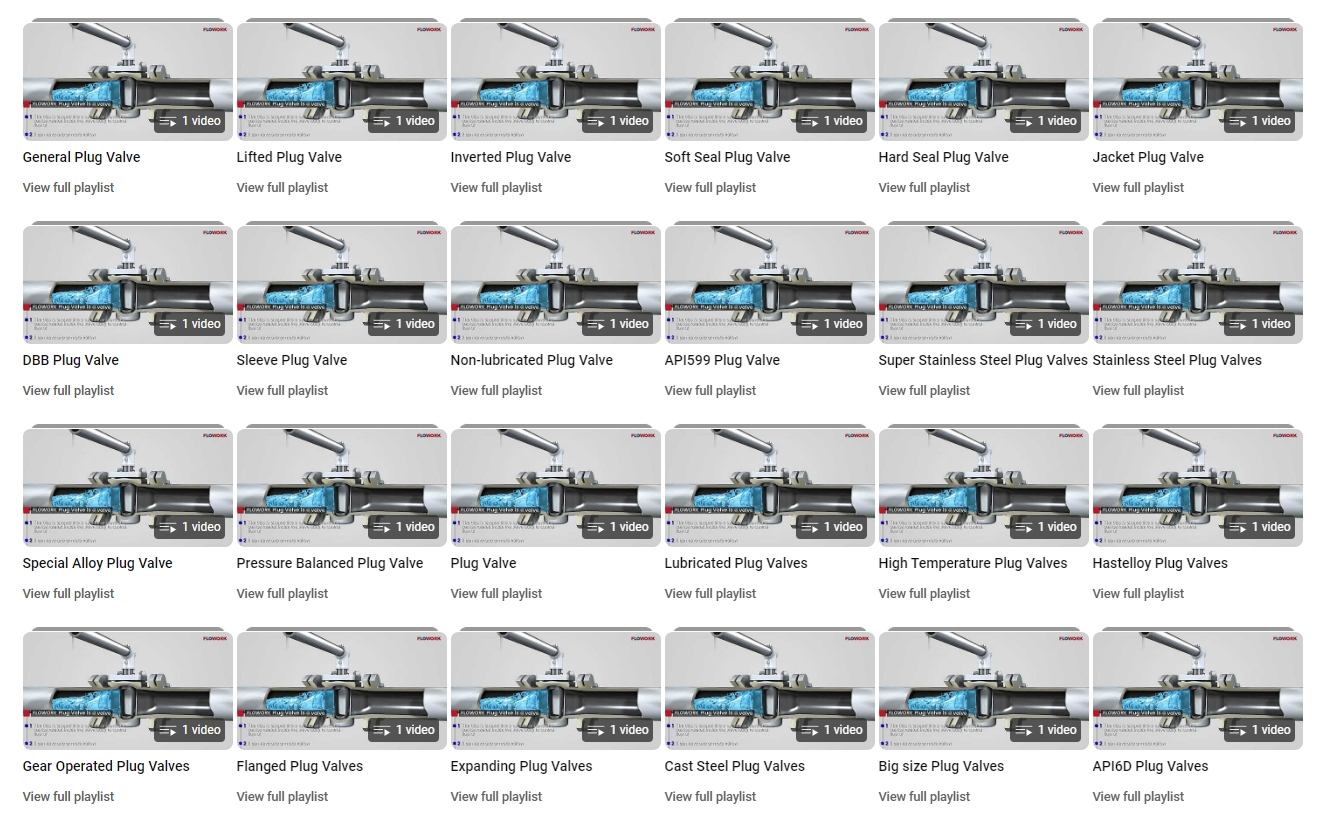What is the difference between a threaded and a socket weld ball valves?
Analysis of the differences and characteristics of Threaded and Socket Weld ball valves. In industrial piping systems, ball valves play an important role. According to the different connection methods, ball valves can be divided into two categories: threaded connection ball valves and socket welding connection ball valves. Both types of ball valves have unique characteristics and limitations in their applications. I would like to explain in detail the differences between these two types of ball valves and their respective characteristics.

1. Threaded connection ball valve
Structure and design
Threaded ball valves usually have an inlet end with internal threads that connect directly to the external threads of the pipe. This connection method makes the installation process relatively simple. You only need to align the threaded part of the ball valve with the threaded part of the pipe, and then rotate to connect them together, fugitive emission gate valve.
advantage
Easy installation: Due to the threaded connection, no special tools or skills are required for installation, and the operation is simple.
Applicable to pipes of various sizes: Threaded connection ball valves can be applied to pipes of various sizes, with corresponding products available from small to large diameters.
Economical and affordable: Because the manufacturing process is relatively simple, the price is relatively low and the price/performance ratio is high.
shortcoming
Sealing performance may be unstable: Due to the characteristics of threaded connections, their sealing performance may be affected to a certain extent. Especially in high temperature or high pressure environments, leaks may occur.
Not suitable for all materials: While most common pipe materials are suitable, some specialty materials such as plastic or rubber may not be suitable for use with threaded ball valves, bronze flanged gate valve.

2. Socket welding ball valve
Structure and design
The inlet end of the socket welding ball valve is designed as a socket structure, which can be welded to the socket of the pipe. This connection method provides a more reliable sealing effect, but requires certain professional skills and tools for installation.
advantage
High sealing performance: Due to the welded connection, the socket welded ball valve has excellent sealing performance. Especially in high temperature or high pressure environments, it can maintain reliable sealing effect, bronze plug valve.
Suitable for special materials: Unlike threaded connection ball valves, socket welded connection ball valves can be used with some special materials such as plastic or rubber.
Long-term stability: Once the socket weld connection is completed, its sealing performance remains stable during long-term use.
shortcoming
More difficult to install: Compared with threaded ball valves, the installation process of socket-welded ball valves is more complicated and requires professional welding skills and equipment.
High quality requirements for pipelines: In order to ensure reliable sealing performance, socket welded ball valves have high quality requirements for pipelines. If the pipe surface is defective or contaminated, the quality of the weld may be affected.
Relatively high cost: Since professional welding skills and equipment are required for installation, the overall cost of socket welded ball valves is relatively high.
3. Selection suggestions
When choosing between a threaded connection ball valve and a socket welding connection ball valve, you need to make a trade-off based on the specific application scenarios and needs. For situations where cost-effectiveness, ease of installation and suitability for a variety of pipe sizes are required, threaded connection ball valves are the option. For situations where high sealing performance, long-term stability and suitability for special materials are required, socket welded ball valves can be selected. During use, correct installation and maintenance are required according to product instructions and operating guides to ensure its performance and reliability, bronze wafer check valve.
4. Operation and maintenance
Whether it is a threaded connection ball valve or a socket welding connection ball valve, correct operation and maintenance are the key to ensuring its performance and life. Here are some suggestions:
Operation suggestions: Before operation, confirm that the opening and closing direction of the ball valve is consistent with the direction of the fluid in the pipeline.
When opening and closing the ball valve, operate it slowly to avoid impact on the ball valve and pipeline.
During operation, if any abnormalities or leaks are found, stop operation immediately and contact professionals for repair.
Maintenance suggestions: Check the sealing performance of the ball valve regularly. If leakage is found, repair or replace the seal in time.
According to the requirements of the product manual, perform regular maintenance on the ball valve, such as cleaning, lubrication, etc.
In winter, ball valves should be antifreeze treated to avoid a decrease in sealing performance due to low temperatures.
For socket welded ball valves, the quality of the welded parts should be checked regularly, and if defects are found, they should be repaired in time.
Threaded connection ball valves and socket welding ball valves each have their own characteristics and applicable scenarios. When choosing, you should weigh it based on actual needs. During use, operation and maintenance should be strictly carried out in accordance with the product instructions and operating guidelines to ensure its performance and reliability. Correct maintenance and upkeep can not only extend the service life of the ball valve, but also improve the safety and stability of the entire pipeline system.








